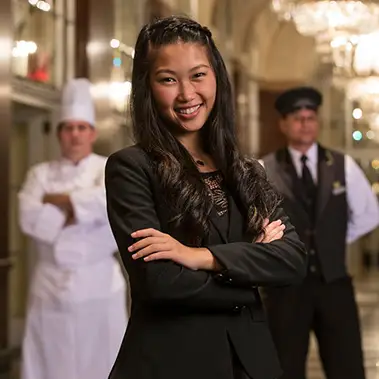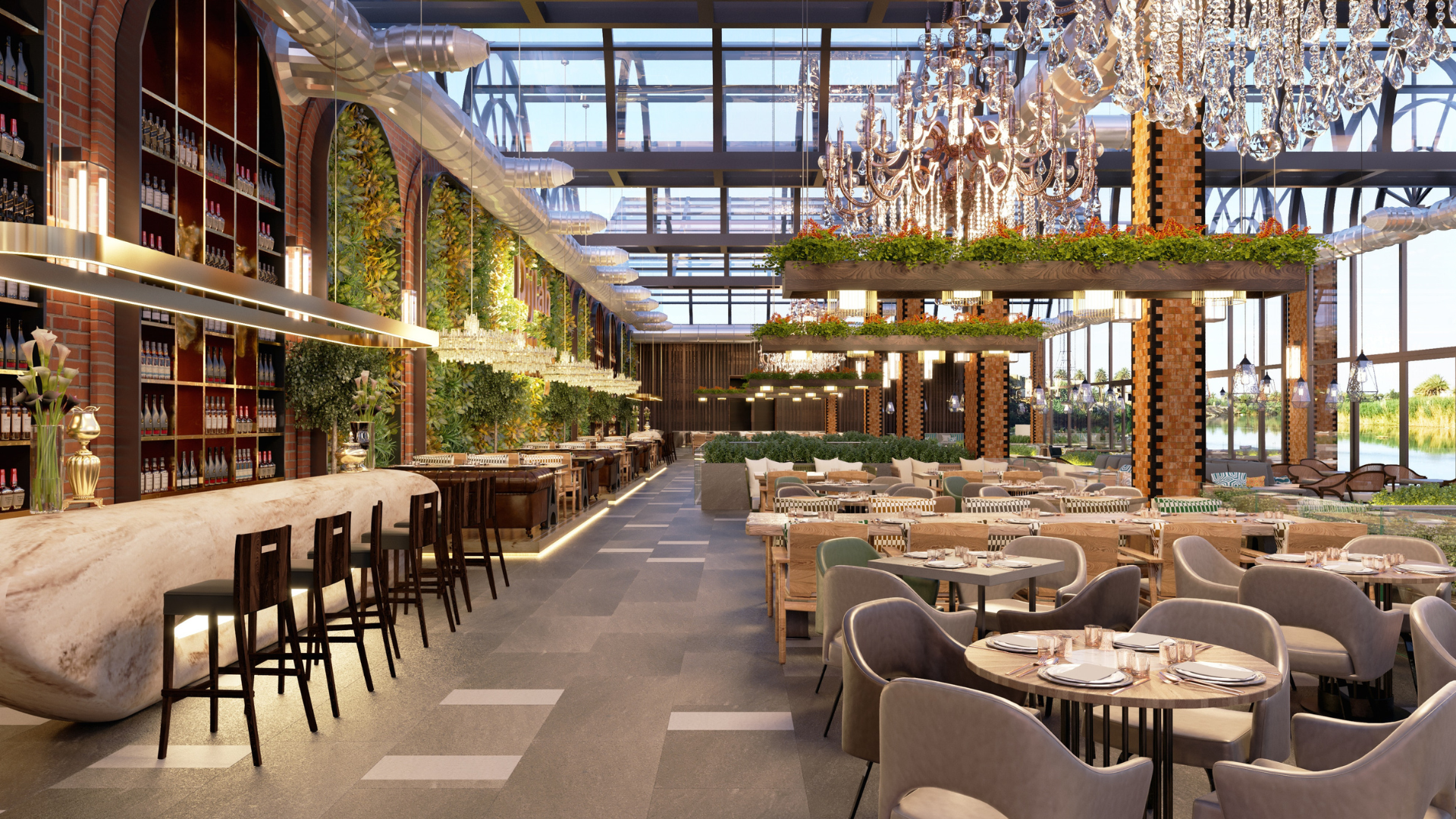Photojournalism is a powerful form of storytelling that combines the art of photography with the principles of journalism. It captures and communicates the essence of a moment, conveying emotions, facts, and stories through images. While technical skills and equipment are important in this field, understanding and applying composition essentials is equally crucial. Composition refers to the arrangement of visual elements within a photograph, and it plays a significant role in creating impactful and engaging photojournalistic images.
1. Rule of Thirds
The rule of thirds is a fundamental principle in photography composition that involves dividing the frame into a 3×3 grid, resulting in nine equal parts. The main subject or focal point of the image should be placed along these gridlines or at their intersection points, rather than in the center. This technique creates a visually balanced and dynamic image, drawing the viewer’s attention to the subject while adding depth and interest to the overall composition.
2. Leading Lines
Leading lines are elements within a photograph that guide the viewer’s eye toward the main subject or focal point. These lines can be natural elements such as roads, rivers, or fences, or man-made elements like railings or paths. By incorporating leading lines into your composition, you can create a sense of depth and perspective, as well as direct the viewer’s attention to the intended subject.
3. Framing
Framing is a technique that involves using elements within the photograph to frame the main subject. This can be achieved by incorporating natural or man-made objects such as windows, doorways, or arches. By framing the subject, you add context and depth to the image, as well as draw the viewer’s attention to the focal point.
4. Balance and Symmetry
Achieving balance and symmetry in your composition can create a sense of harmony and stability. It involves distributing visual elements evenly within the frame, either horizontally or vertically. This technique can be particularly effective when capturing images of architecture, landscapes, or groups of people.
5. Negative Space
Negative space refers to the empty or unoccupied areas within a photograph. By intentionally including negative space, you can draw attention to the main subject and create a sense of simplicity and minimalism. This technique allows the viewer to focus solely on the subject, emphasizing its importance within the frame.
6. Point of View
The point of view from which you capture an image can greatly impact its composition. Experimenting with different angles and perspectives can add interest and uniqueness to your photographs. Whether shooting from a high vantage point, getting down low, or capturing the scene from an unexpected angle, exploring different points of view can enhance the storytelling aspect of your images.
7. Visual Hierarchy
Visual hierarchy refers to the arrangement of elements within a photograph to create a sense of order and importance. By using size, color, and positioning, you can guide the viewer’s eye through the image and emphasize certain elements over others. This technique helps convey the intended message and story behind the photograph.
8. Timing and Moment
Capturing the right moment is essential in photojournalism. Anticipating and being ready for decisive moments can result in powerful and impactful images. Pay attention to the timing of events, expressions, and actions, and be prepared to capture the essence of the moment when it happens.
9. Environmental Context
In photojournalism, it is crucial to provide context and tell a complete story through your images. Including elements of the environment or surroundings can add depth and meaning to your photographs. Consider capturing wide shots that show the setting or incorporating relevant details that help the viewer understand the larger context of the story.
10. Emotion and Impact
Ultimately, the goal of photojournalism is to evoke emotions and create an impact through your images. Composition techniques can help enhance the emotional connection between the viewer and the subject. Consider how the composition choices you make can convey the intended emotions and amplify the impact of your storytelling.
Conclusion
Mastering composition essentials in photojournalism is essential for creating powerful and impactful images. By understanding and applying techniques such as the rule of thirds, leading lines, framing, balance and symmetry, negative space, point of view, visual hierarchy, timing and moment, environmental context, and emotion and impact, you can elevate your storytelling skills and capture the essence of a moment in a visually compelling way. Keep practicing and experimenting with these composition essentials to develop your own unique style and create memorable photojournalistic images.
Key Takeaways:
- Composition essentials play a crucial role in creating impactful and engaging photojournalistic images.
- The rule of thirds helps create a visually balanced and dynamic image.
- Leading lines guide the viewer’s eye towards the main subject.
- The framing adds context and depth to the image.
- Balance and symmetry create a sense of harmony and stability.
- Negative space draws attention to the main subject and creates simplicity.
- Point of view adds interest and uniqueness to photographs.
- Visual hierarchy guides the viewer’s eye and emphasizes certain elements.
- Timing and moments capture decisive moments for powerful images.
- Environmental context provides a larger story and meaning.
- Emotion and impact enhance the connection between the viewer and the subject.
To further enhance your skills and pursue a career in photojournalism, consider exploring the photography courses offered by Yellowbrick. Their online educational platform provides comprehensive training and guidance in various creative fields. Additionally, staying updated with Modern Journalism articles will help you expand your knowledge and stay informed about the latest trends and techniques in the industry. Start your journey towards becoming a skilled and successful photojournalist today!




